June 6, 2025 | 18:11 GMT +7
June 6, 2025 | 18:11 GMT +7
Hotline: 0913.378.918
June 6, 2025 | 18:11 GMT +7
Hotline: 0913.378.918
Minister of Agriculture and Rural Development Le Minh Hoan discussed the Community Agricultural Extension Group model in an interview with Vietnam Agriculture Newspaper. He stated: Initially, I would like to recount the story of the transformation of the agricultural extension force's perspective. It is evident that Vietnam's agricultural extension has undergone a substantial transformation in its approach and has achieved numerous accomplishments since transitioning from a production mindset to an economic mindset in Vietnamese agriculture.
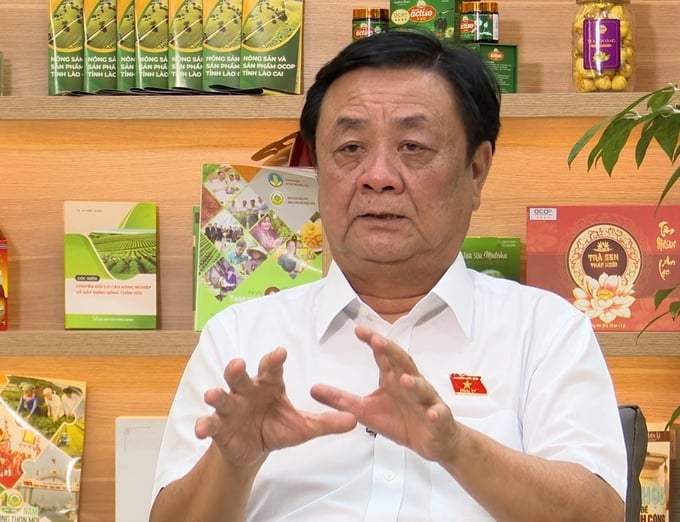
Minister Le Minh Hoan shares about the role and mission of Community Agricultural Extension. Photo: Hoang Anh.
Historically, the responsibilities and obligations of agricultural extension were limited to the transfer of models, scientific and technical knowledge, and novel production processes to assist farmers in increasing their production and yields. This entails assisting producers in the production of goods.
Today, Vietnam's agricultural expansion has undergone a paradigm shift, focusing on assisting producers in producing commodities and substantial transformation. The function of agricultural extension in the present day is not limited to the selection and transfer of beneficial solutions; it also encompasses ensuring that farmers' products are of the utmost value when they are introduced to the market.
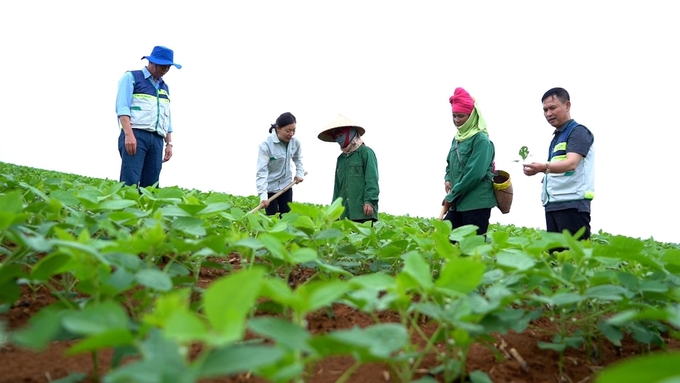
Community agricultural extension supports and accompanies people in Son La. Photo: Hoang Anh.
Processing, preservation, packaging, market information search, and support for farmers at all stages of the production chain are all part of the process, designed to satisfy the increasingly stringent market standards. This extends beyond production. I believe that this is a critical component of educating farmers, in which agricultural extension serves an important, profound, and extensive function.
This esteemed position can be paralleled to a bridge that spans both directions. In the past, agricultural extension workers were merely provided with research products from institutes and colleges to facilitate the transfer of scientific advancements and models to farmers. The agricultural extension team now supports and accompanies producers in the reverse direction, utilizing the available local knowledge to place orders back to scientists, experts, and research institutions, further enhancing the value of those local resources.
I have researched agricultural extension in numerous advanced countries and have discovered that its mission is extensive and the scope of agricultural extension is extensive. Agricultural extension is a component of nearly every aspect of the Ministry and the agricultural sector. In particular, in the context of the Party and the State's implementation of the policy to educate farmers to transition from traditional to professional farming, and to promote cooperation by encouraging farmers to participate in cooperatives and cooperative groups, a synchronized and decisive effort is necessary. The mission of agricultural extension is in addition to the duties and responsibilities of numerous other specialized agencies. I am optimistic that agricultural extension workers nationwide will adopt this commendable objective.
Some might question why our agriculture, producers, and rural areas require community agricultural extension.
I have frequently emphasized, including in numerous appearances before the National Assembly, that a top-down approach is insufficient for educating farmers, changing agricultural attitudes, and implementing numerous policies. The genuine connection is left to the local people when central government officials visit localities, meet with the people, and subsequently depart, and when provincial and district officials do the same. Particularly in rural areas, agriculture, and among farmers, genuine transformation is exceedingly challenging. This transformation cannot be accomplished through several training sessions or discussions. There must be individuals within the community willing to attend to the farmers, provide guidance, and assist them in determining the appropriate course of action. This is the objective of community agricultural extension.
In other words, the community agricultural extension model must originate from within the community. The local populace elects the members of the community agricultural extension team. The core of community agricultural extension will be farmers dedicated to local development or grassroots officials with higher production thinking and knowledge. They will be directly immersed in the community, supporting and fostering growth. As the agricultural extension message that profoundly affected me asserts, "Agricultural extension is present in areas where there are farmers."
This is because all agricultural, farmer, and rural activities occur on a daily, hourly, and localized basis. It may be too late if officials only make occasional visits especially when it comes to information, which farmers consistently lack and feel apprehensive about in the current chaotic information landscape on the internet. Numerous farmers have informed me that they are unable to differentiate between genuine and counterfeit products due to the overwhelming volume of advertisements for pesticides and fertilizers. Farmers lack the ability to verify these claims and lack a source of support, although everyone asserts that their product is the most cost-effective and superior.
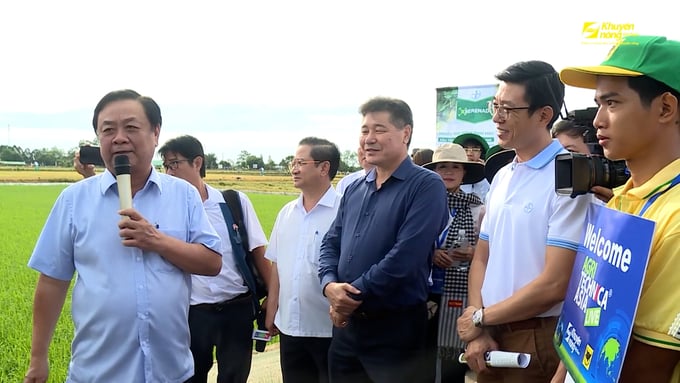
Minister Le Minh Hoan and Director of the National Agricultural Extension Center Le Quoc Thanh talk with farmers. Photo: Quang Dung.
Furthermore, there are concerns regarding market prices, commodities, livestock, connections with businesses, experts, and scientists, and access to official, precise information. Community agricultural extension is the companion that farmers require as they embark on their voyage to self-education. Even though the community agricultural extension team cannot resolve every issue that farmers encounter, they serve as intermediaries, providing assistance and companionship to farmers in their daily lives and production. The community agricultural extension team can provide direct support or refer the issue to the most reliable source, assuring timely feedback. This is a vital role of community agrarian extension. This can be achieved through a phone call or message.
To guarantee that our farmers can confidently produce and trade, it is imperative that we walk alongside them in thought and action, thinking as they think and speaking as they speak. They are consistently supported by a team that is genuine, attentive, and willing to share—the community agricultural extension team. These individuals provide the producers with numerous practical activities. They now genuinely lead the life of a farmer, in contrast to the past. Their activities are becoming more diverse, entertaining, and abundant. Assisting producers in their transition leads to transforming our rural areas and agriculture.
When the Ministry of Agriculture and Rural Development developed the pilot project "Enhancing the Efficiency of Agricultural Extension Activities Based on the Consolidation of Community Agricultural Extension Models," it recognized the mission of agricultural extension in general and community agricultural extension in particular as encompassing all three areas: agriculture, farmers, and rural areas.
Agriculture entails the transfer of scientific and technical advancements, advanced production processes, and all phases from processing to market consumption. This is the objective of accompanying producers in their pursuit of increased knowledge. It entails the construction of new rural areas and the support of community life organization in rural areas. I regard each grassroots agricultural extension officer as a community development worker. Building a harmonious, cooperative community is the primary objective of developing agriculture, educating farmers, or constructing new rural areas, rather than merely constructing infrastructure such as bridges, roads, schools, and stations. Community agricultural extension's unique and significant mission is to foster this new ethos.
After two years of the pilot project "Enhancing the Efficiency of Agricultural Extension Activities Based on the Consolidation of Community Agricultural Extension Models" and the shift in mindset that has occurred throughout the entire agricultural extension system, we can once again confirm the particularly significant role of agricultural extension in agriculture, farmers, and rural areas.
Despite the increasing awareness of the role of agricultural extension and the disconnection at the grassroots level, there are still practical difficulties and challenges, such as the segmentation within each field of management agencies. Nevertheless, I am of the opinion that these practical challenges underscore the significance of agricultural extension in general and community agricultural extension in particular. The function of agricultural extension is essential, ranging from providing direct support and advice to farmers in resolving specific issues to connecting and recommending agricultural, farmer, and rural policies. Many localities have implemented policies and implemented changes to further advance the role of agricultural extension at the grassroots level as it continues to develop and exhibit its immense value.
The role and capacity of the community agricultural extension team must be further developed by the Ministry of Agriculture and Rural Development, the National Agricultural Extension Center, and localities in the future. It is recommended that a curriculum for community agricultural extension officers be devised using economic instead of production-oriented thinking. The economy, culture, society, and environment are all interconnected through our agriculture, producers, and rural areas. A comprehensive training program is essential, as community agricultural extension officers may obtain certifications through specialized training courses that are customized to the unique characteristics of each region. This will improve their capacity and approach to collaborating with producers.
In addition to expanding the space for cooperation and unlocking additional resources, the entire cultural space of agricultural extension will be transformed when the mission and role of agricultural extension are affirmed, and the cooperation and connection with the business community, cooperatives, and localities become increasingly rich and diverse. Farmers, localities, and society as a whole require this from agricultural extension in general and community agricultural extension in particular.
Translated by Linh Linh
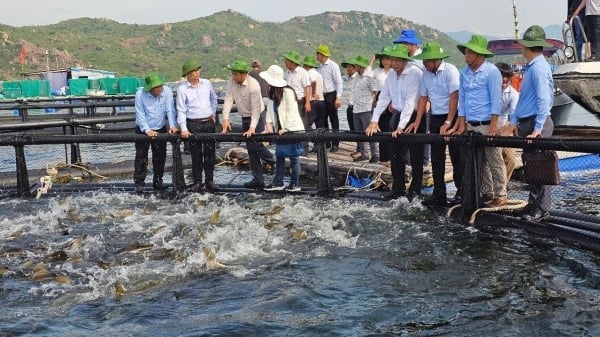
(VAN) According to Prof. Dr. Mai Trong Nhuan, former Director of Vietnam National University, Hanoi, the national ocean spatial plan is devised to guide the ocean economy toward achieving its key objectives.
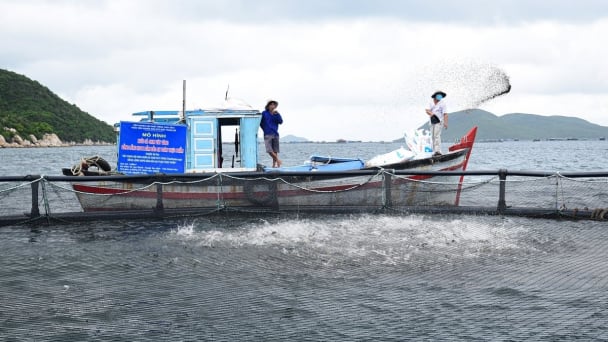
(VAN) Vietnam’s aquatic resources decreased from over 5 million tons in the period 2000-2005 to just over 3.9 million tons in the period 2016-2020.
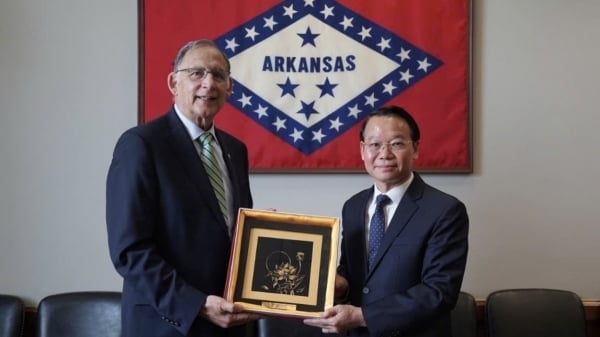
(VAN) The U.S. Congress recognizes Vietnam's role as a reliable and dynamic economic partner in the Asia-Pacific region.

(VAN) Vietnam Sea and Island Week 2025 is a powerful call to action for connecting technology and unlocking policies, aiming towards a modern, sustainable blue ocean.
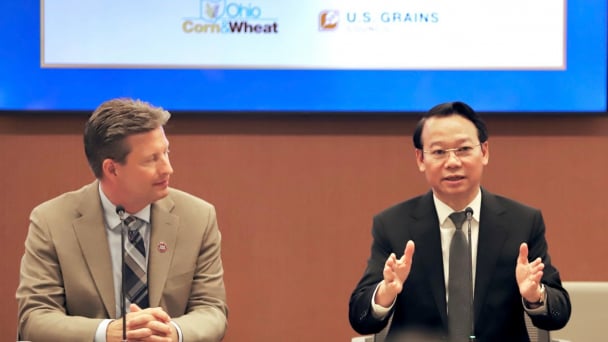
(VAN) With its rapidly growing agricultural economy, Vietnam has become a top destination for U.S. businesses seeking to strengthen their presence in Southeast Asia.
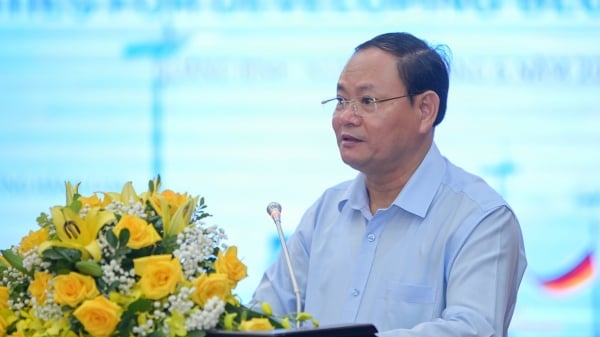
(VAN) The workshop in Quang Binh is expected to pave the way for developing a blue ocean economy, driven by institutional reforms, planning, and policies such as Decree 65 on offshore wind power.
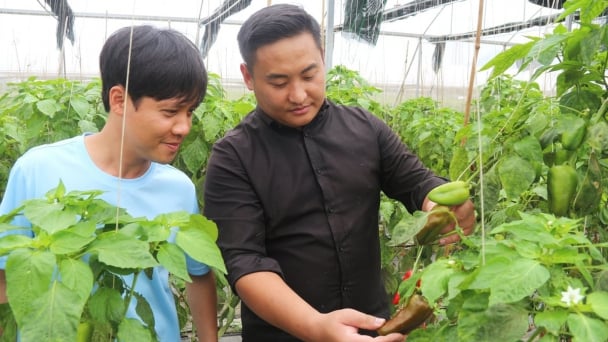
(VAN) By applying science and technology and embracing natural farming practices, Dako Farm’s agricultural products meet the stringent standards required for export to the South Korean market.